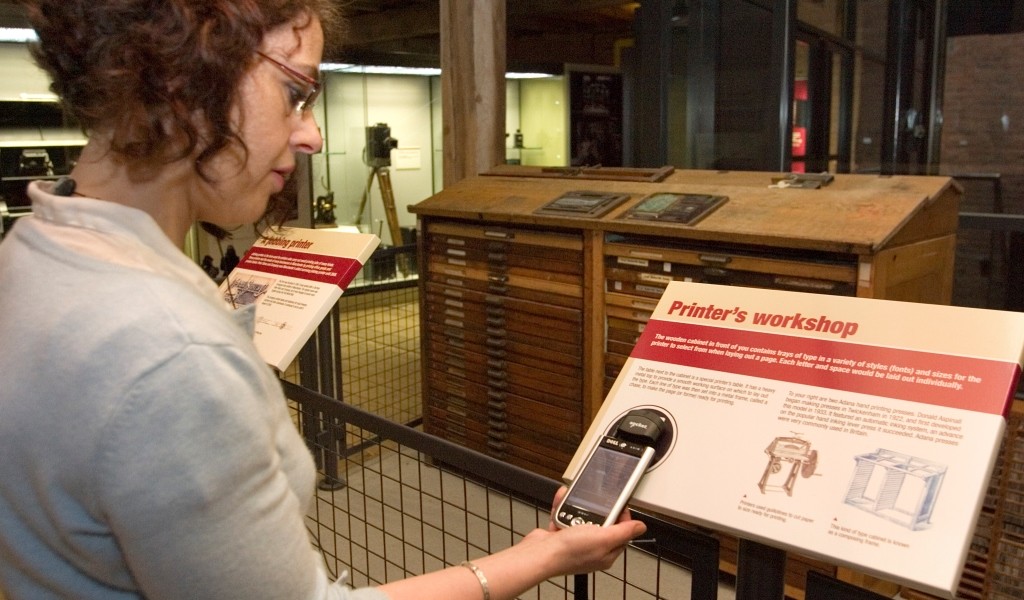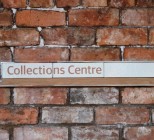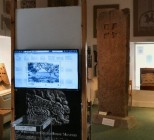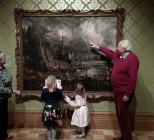Further, extending the multimedia guide into the web greatly extends a museum’s or gallery’s outreach to a new audience that might never be able to arrange a physical visit.
The problem, however, is that the one constant with technology is change! How can a museum or gallery expect to keep pace with today’s technology? The cassette audio guide made way for the digital audio guide which in turn made way for the multimedia guide and that too is now being replaced by the smartphone with its opportunities for apps which visitors download onto their own device. Ideally, museums and galleries should not fear the multimedia guide but, rather, embrace it. New opportunities emerge encouraging connections not only between visitors and artefacts but also amongst visitors via social media. However, embarking on this journey is not without risk and it is therefore important to consider a number of key issues and their potential impact.
Our experience is based on developing mi-Guide (www.miguide.co.uk) for the Connecting Manchester telecommunications gallery at the Museum of Science and Industry in Manchester between 2006 and 2008. Technologically, this was a different era but many of the lessons we learned then are equally applicable today.
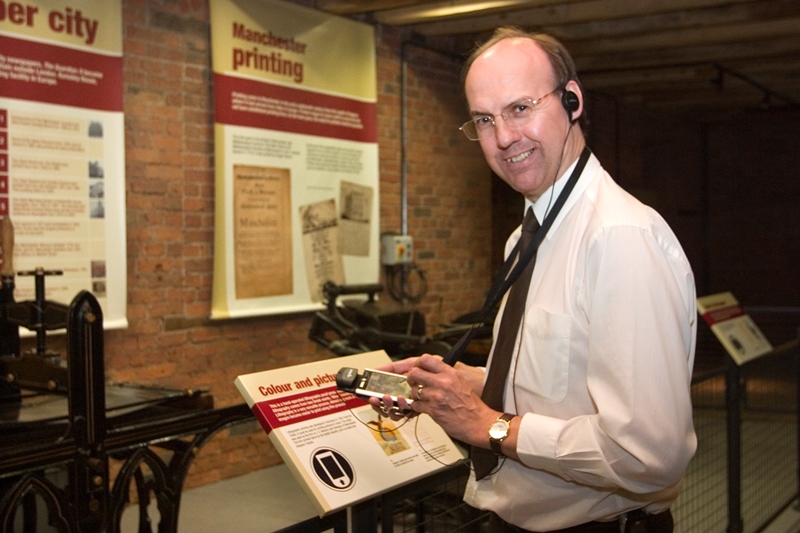
The second key point concerns technology. Whilst the capabilities of handheld multimedia guides have evolved significantly in the last seven years at the same time there has been a significant growth in smartphone and tablet ownership. This offers the attraction of letting visitors use their own device to access multimedia content thus releasing a museum or gallery from the hassles associated with issuing, maintaining and recovering guides. However, life is not that simple: visitors own a plethora of devices, each offering a different screen size, operating system, functionality, interface, battery life and means of connecting to the web. Tailoring digital content to provide a consistent quality experience across all of these options is not trivial. Equally, if the multimedia guide is developed as an app then when and where does the visitor download it? At home before they visit or within the gallery when they arrive? If it is the latter then is the mobile phone signal strong enough within a building or do you need to offer free WiFi? And if you follow a ‘bring your own device’ policy, what do you do about the visitor who hasn’t got one, or doesn’t want to use their own?
The third key point concerns non-technical and managerial issues. Visitor services staff are the front line and they need to be sufficiently confident and experienced to handle visitor’s questions and queries about using the guide. Adequate training is essential to ensure a consistent quality of experience. Launching a multimedia guide is simply a starting point. It will need to be supported, upgraded and refreshed over time. Therefore implementing a guide needs to be embedded within the corporate strategy of the museum or gallery with senior management’s on-going commitment to it. A multimedia guide that has become outdated will create a negative visitor experience, the opposite of what was trying to be achieved.
Multimedia guides can and do greatly enhance visitor experience through new forms of engagement, by offering visitors more freedom to tailor their visit and to broaden interaction through social media. However, technology on its own offers nothing: it is the multimedia content being delivered that matters above everything else.
You can find out more about the experiences the Salford team gained through developing mi-Guide and how the lessons learned have relevance for today in a new book due for publication in November 2015.
Linge, N., Booth, K. & Parsons, D. (forthcoming, 2015). Practicalities of developing and deploying a handheld multimedia guide for museum visitors. In L. Carvalho, P. Goodyear & M. de Laat (Eds), Place-based spaces for networked learning. New York: Routledge.

